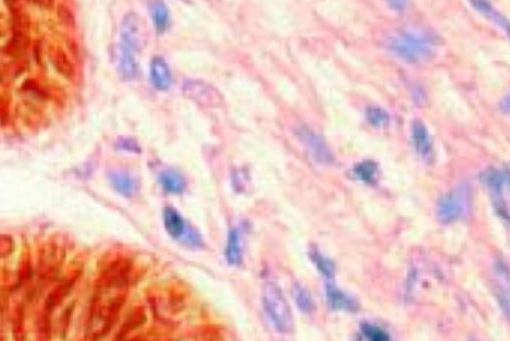
Congress Coverage EHA 2020 Focus on Multiple Myeloma
The latest therapeutic developments in multiple myeloma – how will they change our approach to treatment patterns?

Faculty Chair
Maria Victoria Mateos, MD, PhD
University of Salamanca, Salamanca, Spain
Faculty Members
Irene Ghobrial, MD
Harvard Medical School, Dana-Farber Cancer Center, Boston, MA, US
Niels van de Donk, MD, PhD
Amsterdam University Medical Center, Amsterdam, the Netherlands
Mohamad Mohty, MD
Saint-Antoine Hospital and Sorbonne University, Paris, France
Sagar Lonial, MD, FACP
Emory University School of Medicine, Atlanta, GA, US
Mario Boccadoro, MD
Azienda Ospedaliero-Universitaria Città della Salute e della Scienza di Torino, Torina, Italy
REPORT TOPICS AND DISCUSSION POINTS
Smoldering Myeloma
- Is there a uniform definition of smoldering myeloma? Are you currently treating smoldering myeloma outside of clinical trials? How are you treating?
- What factors influence your decision regarding which patients with smoldering myeloma to treat?
- Risk factors that identify progression to MM
- Treatment of high-risk smoldering myeloma – how best can we risk-stratify?
- How to risk-stratify into low, intermediate and high risk?
First-Line (1): Transplant-Ineligible Multiple Myeloma
- How do we define transplant ineligibility? Are there uniform criteria that we all can agree on?
- What is your current standard of care in transplant-ineligible patients?
- What are the relative benefits and limitations of the different induction regimens?
- How will the emerging data impact your selection of induction regimen for your transplant-ineligible patients?
- Maintenance therapy in transplant-ineligible patients – what agent to use, if any; for how long; and how do we monitor?
First-Line (2): Induction in Transplant-Eligible Multiple Myeloma
- Do data support use of monoclonal antibodies in induction therapy? If so, which regimens are most appropriate, for which patient populations?
- Are you using proteasome inhibitors as part of your induction regimen?
- Which proteasome inhibitors do you use? At what dose/schedule?
- Which regimen is best to use in induction for transplant-eligible patients?
- How have you been treating transplant-eligible high-risk patients, and how will these data impact your treatment of high-risk patients?
- How do we risk-stratify?
First-Line (3): Assessing Prognosis
- Beyond MRD, what prognostic factors do you use?
- Will the data with PET-CT at diagnosis and follow-up influence you?
- Do you evaluate MRD outside of clinical trials? If you do, how do you use this information?
Relapsed/Refractory: Novel Therapies
- On the basis of current data, what setting(s) and combination(s) are optimal for use of
- Small molecules (venetoclax, selinexor)?
- Monoclonal antibodies (belantamab mafodotin)?
- What are the limitations of these novel therapies?
- Which patients would you consider for treatment with small molecules or monoclonal antibodies?
- What would the competitors be for these new strategies in the relapsed/refractory setting?
